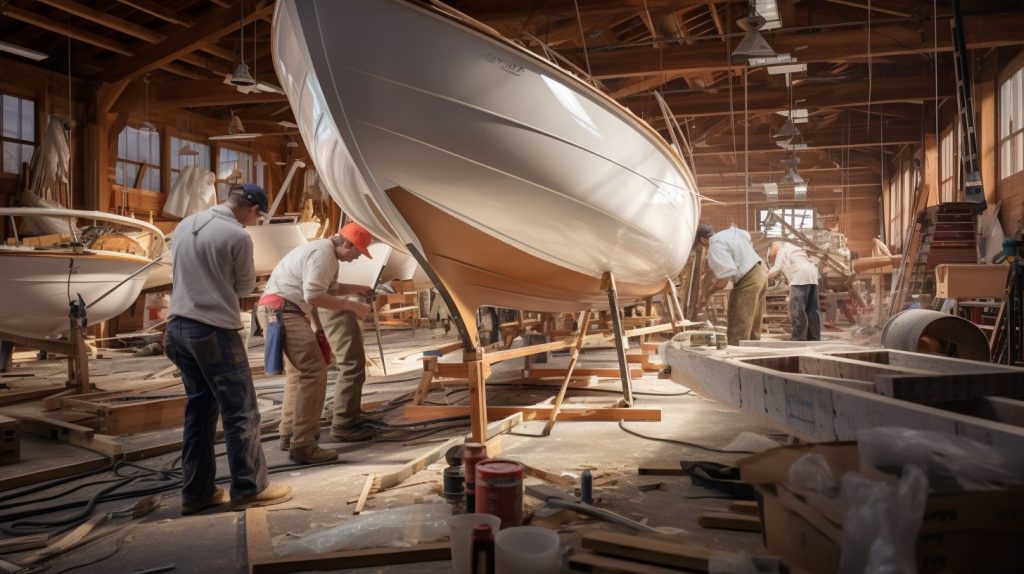Detecting and Treating Osmosis in Fiberglass Boat

Introduction
Boating enthusiasts are no strangers to the many challenges that maintaining a vessel brings. One such issue that has been causing concern in the world of fiberglass boating is osmosis. Osmosis, often known as ‘boat pox,’ can lead to significant damage and decrease the performance of your boat if left untreated. Today, we’ll provide you with an all-inclusive guide on detecting and treating osmosis, ensuring you stay one step ahead in maintaining your seafaring pride and joy.
What is Osmosis in Boating?
Osmosis is a process where water molecules move through a semi-permeable membrane from a less concentrated solution to a more concentrated one. In the context of boating, osmosis refers to the ingress of moisture into the fiberglass hull of a boat, resulting in blisters or ‘boat pox’. The water penetrates the gelcoat (outermost layer) and reacts with the residual substances from manufacturing, forming a more concentrated solution. This reaction creates pressure that forms blisters or, in severe cases, causes structural damage to the boat’s hull.
Detecting Osmosis in Your Fiberglass Boat
Identifying osmosis in its early stages can save you time, effort, and potentially significant repair costs. Here’s how you can detect osmosis:
-
Visual Inspection: Regularly check your boat’s hull for any signs of blistering. Small blisters, typically the size of a pinhead or as large as a coin, are a telltale sign of osmosis.
-
Moisture Meters: These are specialized devices used to detect moisture levels in the hull. High readings in multiple locations might indicate a problem.
-
Tap Test: This involves tapping the hull with a small hammer and listening for changes in sound. A dull thud may indicate an area where osmosis is occurring.
-
Professional Survey: If you suspect your boat has osmosis, a professional surveyor can provide a comprehensive analysis using advanced techniques like infrared thermal imaging.
Treating Osmosis in Fiberglass Boating
Once osmosis is detected, it’s crucial to address the problem promptly. Here are the steps involved in treating osmosis:
-
Drying Out: The first step is to allow the hull to dry thoroughly. This process can take several weeks to months, depending on the extent of moisture penetration. Dehumidifiers and heat lamps can help speed up this process.
-
Blister Removal: Once dried, blisters need to be opened and drained. This is usually done by scraping or sanding down the affected area to the laminate.
-
Washing: The exposed laminate needs to be washed with freshwater to remove any remaining soluble materials, then left to dry.
-
Repair: The hull’s exposed areas should be repaired using resin. In severe cases, it might be necessary to re-laminate the entire hull.
-
Barrier Coat: After repairs, apply a high-quality epoxy barrier coat to prevent future water ingress.
Conclusion
Osmosis can be a daunting challenge for any boat owner. Regular inspections, immediate action when blisters are spotted, and appropriate treatment procedures can help keep your vessel’s hull in great shape. Remember, osmosis is not just a cosmetic issue; it can cause severe structural damage if not addressed properly. So, it’s always better to act sooner rather than later when it comes to treating osmosis in fiberglass boating.
